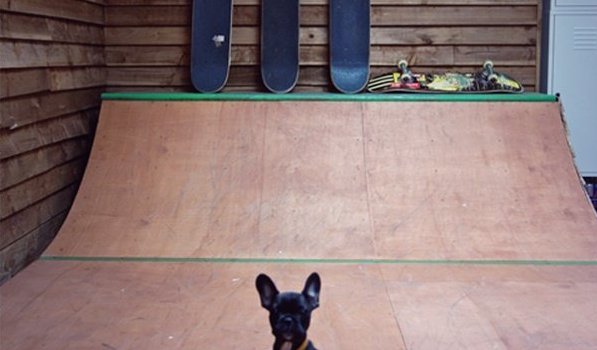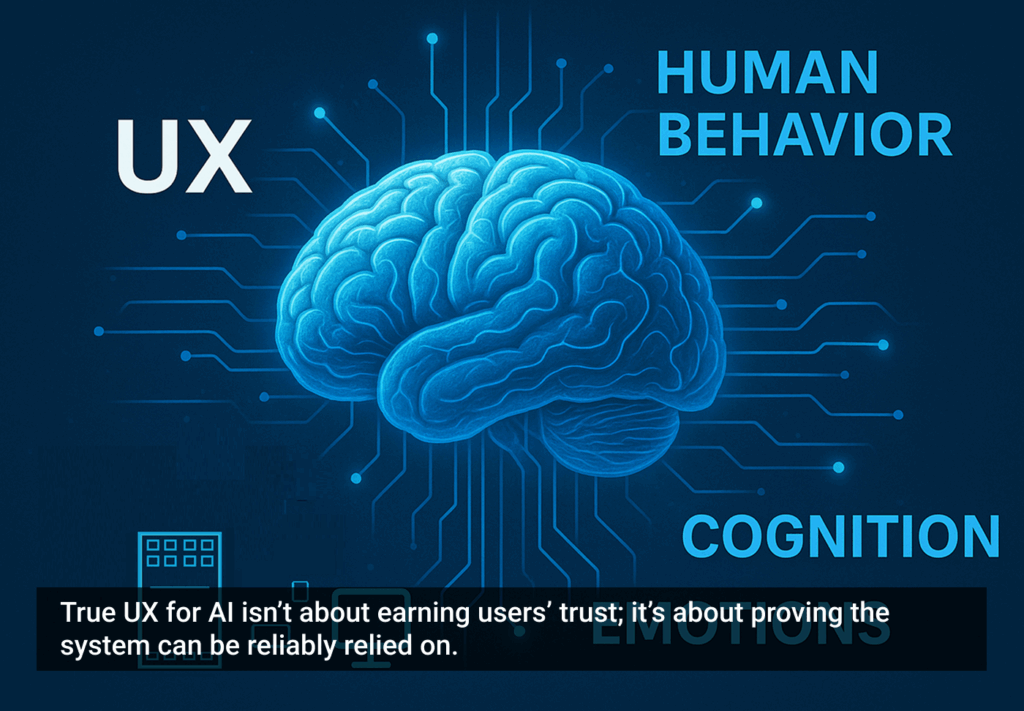Over the centuries, the basic make-up of an effective team hasn’t changed much. Among a few other things, teams that succeed need to have members who can play to their different strengths, who can communicate effectively with one another, and who can learn from their mistakes.
These traits were as helpful to a Neanderthal hunting party as they are to software development teams. What makes the notion of an effective team especially interesting in the context of experience design is in the context. There were probably only a handful of ways to effectively fell a woolly mammoth and turn it into dinner, but it seems like every UX team follows a different process, and with the nature of experience design shifting on a near daily basis, these processes need to evolve to remain competitive.
For JUXT, the winner of the Design for Experience Effective Agency Team award, filling their ranks with diversity has been key to doing successful work. On their team, you’ll find people from all different parts of the world, with different professional backgrounds—everything from information architecture to spatial design, to filmmaking.
“The diverse backgrounds—both professional and personal—of our team means that we can approach a broad and varied range of experience design executions with an unparalleled depth of thought and consideration,” says Production Coordinator Virginia Raike (a New Zealander). “The fact that we can draw from a wealth of experience means that as the paradigms for experience design continue to shift and evolve, we are able to put critical thought and experiential data into delivering cutting-edge solutions that are familiar enough to remain accessible.”
Communication is also fundamental to operations at JUXT, with weekly check-ins designed to assess the team’s needs and projected workload. “With forecasting executed correctly, we’re able to grow effectively by filling specific roles,” says Raike. “Because we understand what our needs will be in the future, we can surface effective roles that integrate seamlessly with the current team and bring valuable contributors into the fold.”
That kind of communication can lead to insight—the kind that allows team members to work to their full potential in the context of the team.
“By remaining open to everyone’s individual capabilities, interests, and styles our staff are able to bring unique contributions that might not normally fall under a given job title.”
Flexibility Doesn’t Hurt
A finalist in the competition, Boulder-based agency Slice of Lime keeps it’s team thriving in a “teaching agency” environment, where members can spend 20% of their time teaching, learning, or working on an internal project. Each employee also gets a $2,500 conference budget and any book or magazine they request.
“Collaboration is part of our DNA, so teaching one another has never felt like it’s taking away from project work—it’s just part of our process,” says Founder and CEO Kevin Menzie. “Both of our offices have open work areas and plenty of whiteboard walls to collaborate on. We’ve structured the space so that people can quickly call out for help and also serendipitously discover what other people are working on. We further encourage teaching in a few additional ways.”
In an effort to put the focus solely on UX design, the agency doesn’t have its own development team. “We didn’t have that same passion for back-end development and that’s why we let it go,” Menzie says. “Instead, we’ve tailored our process to work seamlessly with either our clients’ internal developers or external development agencies.”
The other finalist in this category came in the form of a joint application from Superrb and ilovedust. A web agency and an illustration agency respectively, the duo relies on flexibility when combining forces as a project team.”
“We try to bring together individuals from different design disciplines, some salty dogs and some young guns, each with their own ideas and perspectives,” says Matt Pilkington, Managing Director at Superrb. “Like any strong relationship we don’t always agree with one another. Fortunately we’ve worked together on enough projects to know when to stand our ground and when to give way.”
The teams also have the luxury of working through creative kinks on ilovedust’s mini ramp.
All for One …
There were other notable applications in the contest from agency teams that demonstrated there’s no one right way to build and run a team:
Brooklyn-based agency Big Spaceship puts a premium on the experience of the working environment, focusing on four values: take care of each other, collaborate, produce amazing work, and speak up. DOOR3 ensures project efficiency and cohesion by placing the responsibility of information architecture, interaction design, and visual design in the hands of a single User Experience Designer instead of splitting it across two or even three subject matter experts. With a team that’s split between the United States and Europe, customedialabs relies on a culture of “philotimo”—a Greek word that equates to doing what is right toward reaching a common goal and helping one another, even if it means sacrificing individual needs. A recent project with The Joslin Diabetes Center found the team at Mad*Pow working in close collaboration with their client’s team, putting a UX designer in place as a strategic lead. The team at EffectiveUI employs an outside-in approach, where customer insight informs the design of the interface, and the interface informs the design of the underlying system. The team at Estrin Technologies has a strong programming background, so having a member who can straddle both technical and aesthetic sides of their work has been crucial. For the team at Precision Dialogue success lies in the ability to ingrain the importance of a customer-centric approach to design by leveraging continuous interaction between the customer and the brand.








